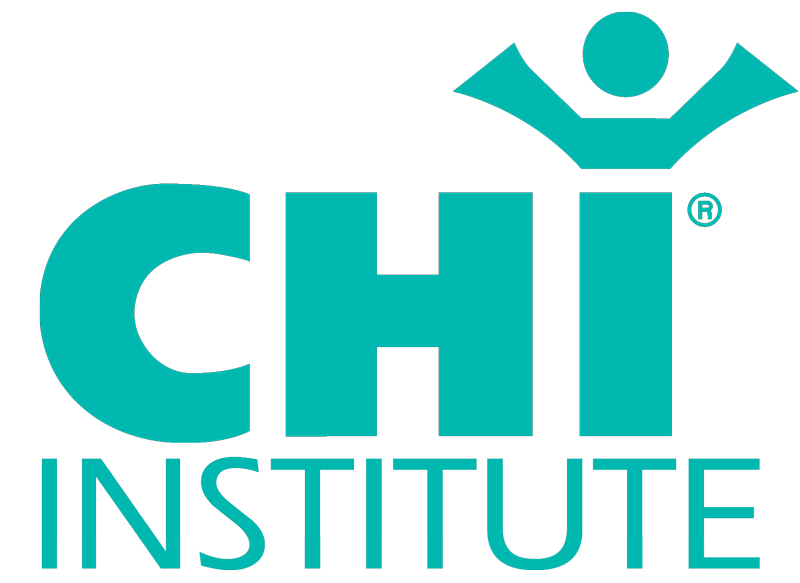Equine 2 study April 7 2014 This is a continuation of the equine study series. While study 3, the first study in this report covers thermographic findings and changes in CPK and AST in the blood of horses indicating reduced muscle damage, this second study focuses on the increase in hyaluronic acid in the hocks of horses offering an understanding of the reduction in inflammation measured in the thermographic study and faster race times of the first and second studies. The fourth study turns to treating horses from a distance with the Infratonic device, showing that there was still a significant reduction in AST and CPK indicating reduced muscle damage. A after 5 weeks it was only about 1/3 as great as when the Infratonic device was applied directly to the horse by an attendant. While less effective, the distance strategy is far less labor intensive, requiring only that the Infratonic device be attached to the stall for continuous very low intensity infrasound stimulation.
Conditions and Expected Results for Owners Using Low-Intensity Infrasound
Horse owners might use the CHI Palm device on animals showing signs of stiffness, limping, or discomfort after intense activity, such as racing or training, particularly when the horse struggles to move freely or seems sore in its legs or back. By applying the device’s low-intensity infrasound for about 30 minutes every other day or mounting it in the stall, owners may notice their horses becoming more comfortable, moving with greater ease, and recovering faster from strains or overexertion. The therapy could help the horse feel more limber, regain its normal stride, and return to regular activities like racing or riding with less hesitation, potentially improving overall performance and well-being over time.

